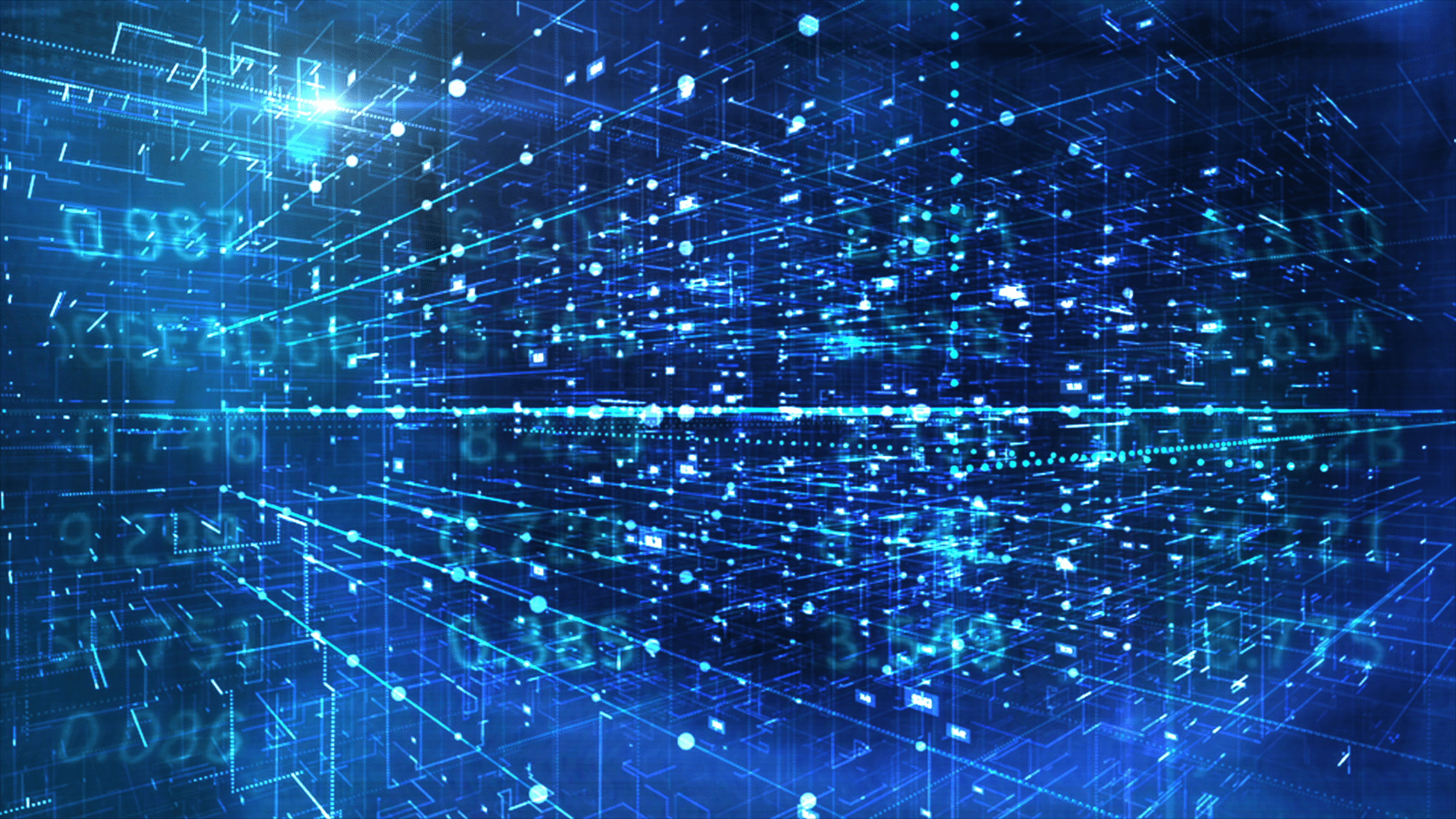
Understanding De-Identified Data, How to Use It in Healthcare
De-identified data has emerged as a useful resource for researchers and healthcare professionals alike. De-identification facilitates information sharing between businesses HIPAA-compliant, even though doing so could otherwise violate the Health Insurance Portability and Accountability Act of 1996 (HIPAA). Without revealing sensitive information, researchers can better collaborate to develop new diagnostics and therapeutics. Furthermore, it facilitates coordinated efforts among major suppliers. In the grand scheme of things, de-identifies is a crucial factor in enhancing the quality of care provided to patients.
De-identification is a process whereby personally identifiable information about a patient is removed so that it can be used for research or shared across organizations without breaching HIPAA. Health and Human Services states that “de-identification, in which identifiers are removed from the health information, mitigates privacy risks to individuals and thus supports the secondary use of data for comparative effectiveness studies, policy assessment, life sciences research, and other endeavors.”
De-identification of patient data is essential for both advancing medical research and treatment and protecting patient privacy. Data that has been stripped of personal details can be put to beneficial use in healthcare. Information gained from this data, after personal details have been removed, can be used to make healthcare improvements. Using anonymized data, scientists have created an AI system that can foresee the likelihood of a patient dying within the next 30 days from cancer. Patients nearing EoL can also be identified by this technique and sent to early palliative and hospice care.
Predictive analytics applications can also benefit from using de-identified data. Medical researchers and practitioners can benefit from de-identified data in two ways: by creating more effective tools for patient care and by advancing their understanding of how to improve patient outcomes through research. When healthcare professionals share data, they can develop more effective methods of care and therapies, which in turn benefits patients. Providers can better collaborate on medical research and patient care by de-identifying patient data before sharing it with other institutions. More than that, sharing of massive data analysis platforms is made possible by using de-identified data.
Source: healthitanalytics

